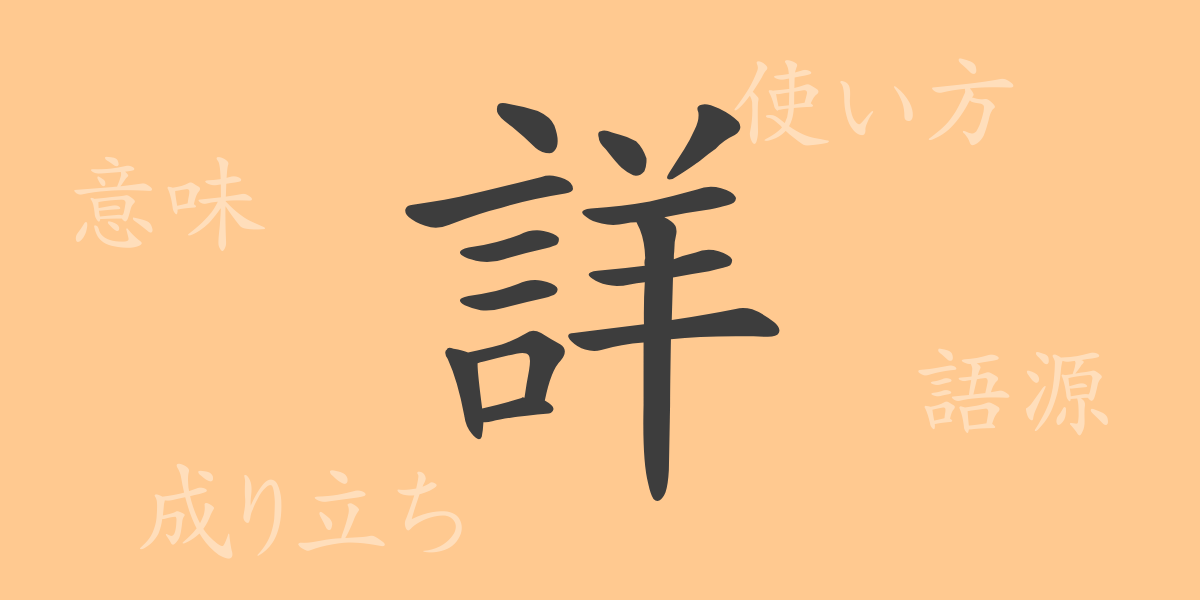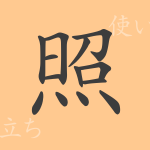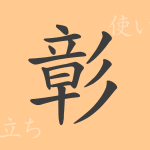Japanese writing is known for its expressive power, with each Kanji character deeply rooted in history and meaning. “詳(しょう),” a commonly used Kanji, is no exception, serving as a vital component in many contexts. This article explores the origins, meanings, applications, and pronunciations of “詳,” as well as phrases and proverbs that incorporate this character, offering a journey into the richness of the Japanese language.
Origins of 詳(しょう)
The Kanji “詳” originated in ancient China, incorporating elements of pictographic and ideographic design. Its original form featured a sheep with a mouth above it, representing the sound of a sheep bleating. This evolved to symbolize the detailed and clear sound of the sheep, eventually taking on meanings like “detailed” and “elaborate.” Additionally, the inclusion of “羊” (sheep) relates to the phonetic aspect of the character.
Meaning and Usage of 詳(しょう)
“詳” carries the meanings of “detailed” and “elaborate.” It is used to describe something that is well understood in detail or explained in depth. For instance, “詳細(しょうさい)” refers to describing something in detail, and “詳述(しょうじゅつ)” means to describe something in depth. Common phrases include “詳しい話” (a detailed discussion) and “詳しく調べる” (to investigate in detail).
Pronunciation, Stroke Count, and Radical of 詳(しょう)
The basic information about the Kanji “詳” is as follows:
- Pronunciation: The On’yomi (音読み) is “ショウ,” and the Kun’yomi (訓読み) are “くわしい” and “つまびらか.”
- Stroke Count: “詳” consists of 12 strokes.
- Radical: The radical is “言” (ことばへん), related to speech.
Phrases, Proverbs, and Idioms Using 詳(しょう) and Their Meanings
There are numerous phrases and idioms that include “詳,” each with its unique meaning:
- 詳細不明(しょうさいふめい): Details are unclear.
- 一部始終(いちぶしじゅう): From start to finish, describing everything in detail.
- 手を焼く(てをやく): Originally from “詳く,” meaning to find something very troublesome or difficult to manage.
These expressions enrich the nuances of the Japanese language.
Conclusion on 詳(しょう)
The Kanji “詳” is indispensable for expressing detail and depth. From its historical origins to its contemporary uses, it plays a versatile role across various contexts. Understanding and using “詳” correctly in daily life and business settings allows for more precise and rich expressions, enhancing communication and deepening cultural appreciation.

























